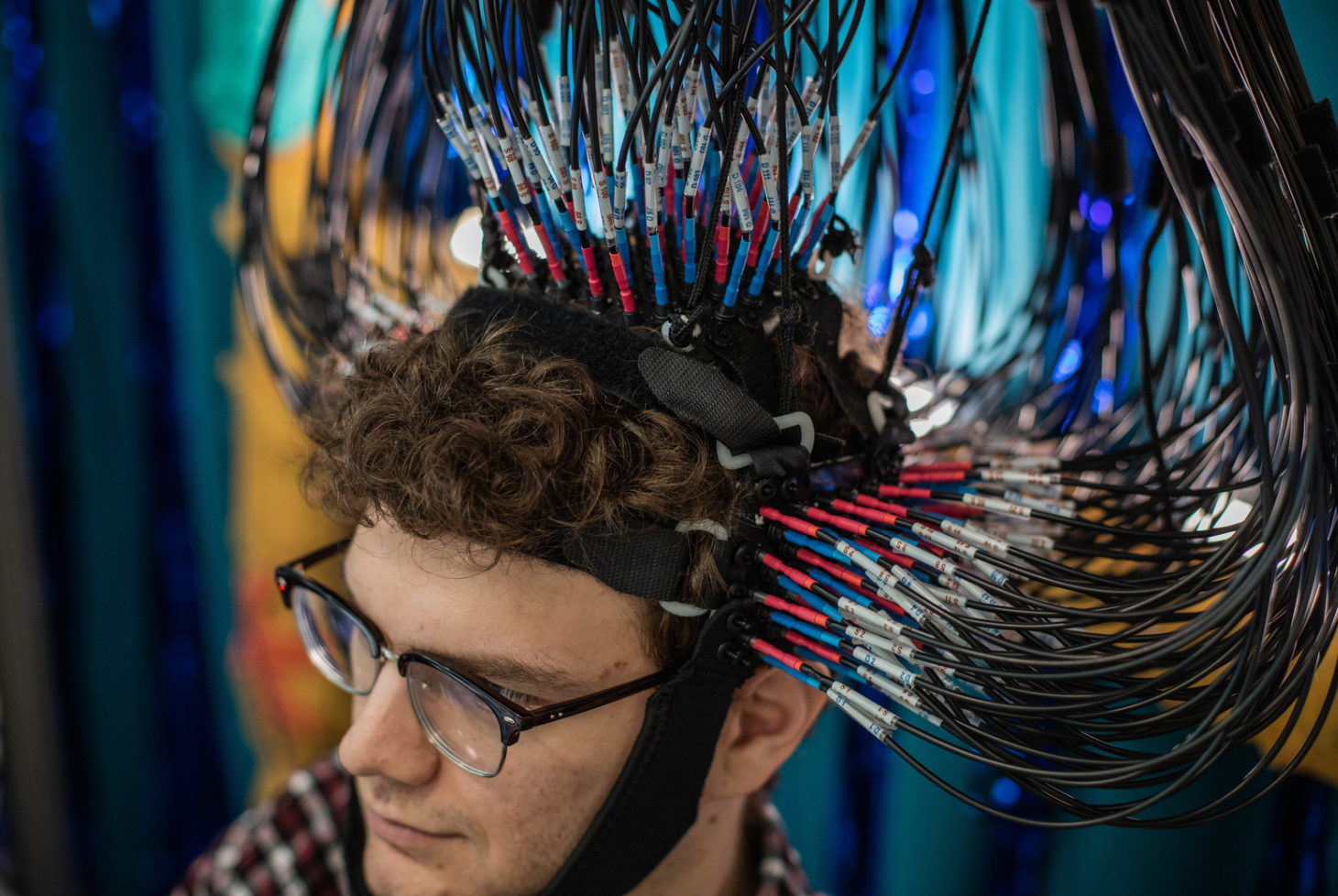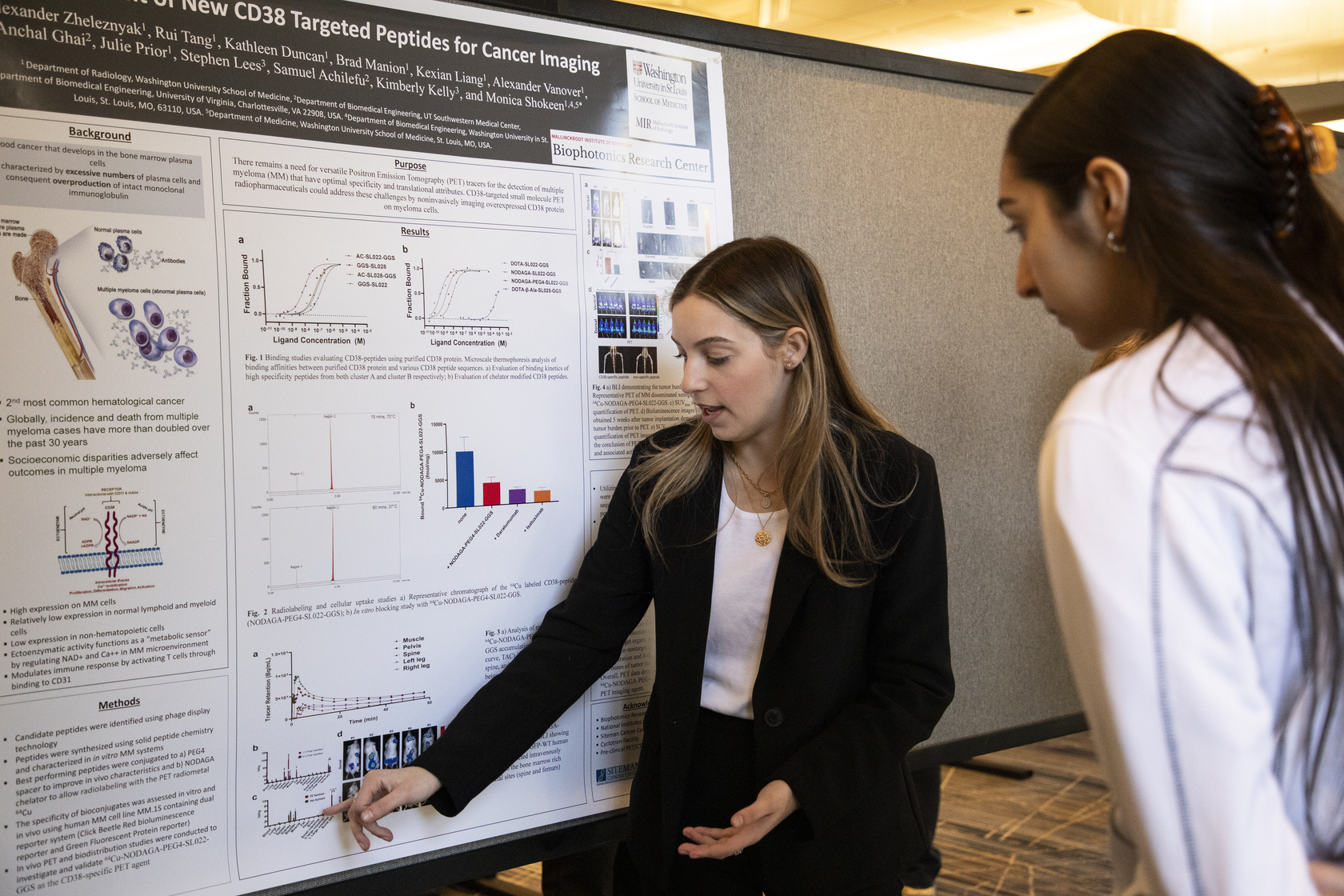Imaging Researchers Developing Noninvasive Brain Imaging Cap

Researchers at Mallinckrodt Institute of Radiology and Washington University School of Medicine in St. Louis are developing a wearable device that can noninvasively image the brain.
Diffuse optical tomography (DOT) uses LED light to create high-resolution images of the brain. Joseph P. Culver, PhD, the Sherwood Moore Professor of Radiology and director of the Biophotonics Research Center, says the goal is to create a portable, wearable cap using DOT that images patients while they’re moving and speaking normally. Although the device isn’t fully portable yet, patients can perform small tasks or watch a movie while hooked to a large computer.
Adam T. Eggebrecht, PhD, associate professor of radiology, notes that the cap was developed with neurodivergent children in mind because the technology is able to measure how a patient’s brain covaries with their behavior and see how brain function changes in light of a diagnosis such as autism.
Learn more about the development of DOT and the cap in Focal Spot Magazine. And learn about the commercialization of the technology thanks to an NIH grant in WashU Medicine.





